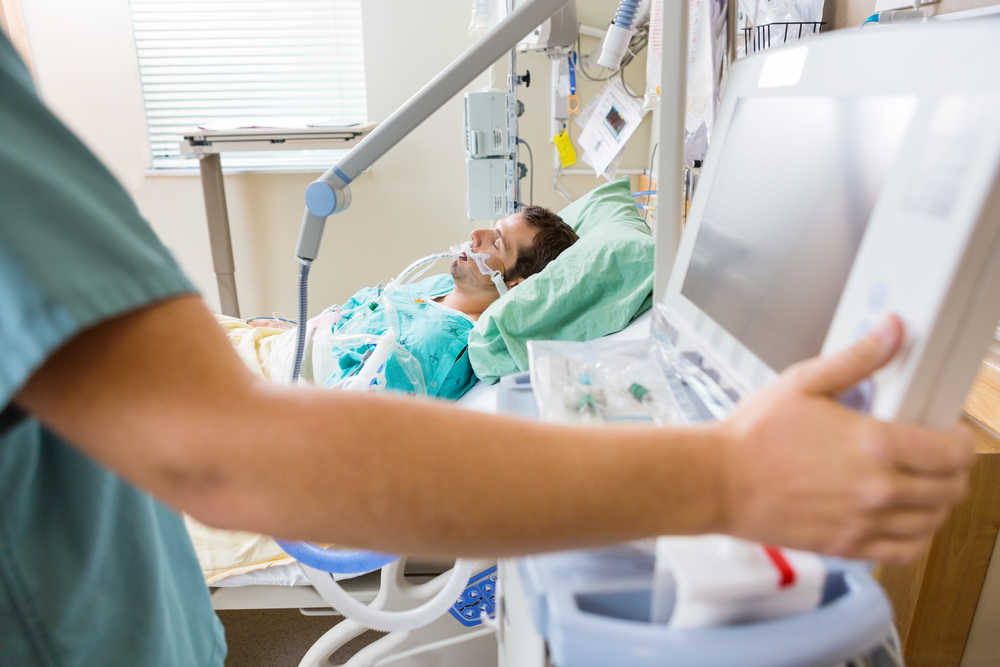Semi-recumbent position & pressure ulcers: The CAPCRI study

Article Review
Semi-recumbent positioning is one of the cornerstone measures for preventing ventilator-associated pneumonia, a leading cause of death caused by nosocomial infection in critically ill patients(1). Use of the semi-recumbent position has also been recently associated with less time to extubation(2). However bundles, and in particular, head-of-bed elevation (HOBE) >30° still encounter many barriers to their implementation, and literature and clinical data seem to relate some of these barriers with competing guidelines, such as pressure ulcer prevention bundles.
The CAPCRI study(3) conducted by Mireia Llaurado and her team had three aims: to evaluate real semi-recumbent position compliance and degree of head-of-bed elevation in Spanish intensive care units, to describe the relationship with the development of pressure ulcers, and analyse the impact that pressure ulcers diagnosis could have in the attitude toward HOBE. This observational, prospective, multicentre study took place in 6 Spanish adult ICUs, and included all patients requiring mechanical ventilation > 48h with no contraindications to the semi-recumbent position. HOBE was measured during 28 consecutive days of ICU admission, three times a day, through the BOSCH GLM80® device. When the HOBE was < 30°, researchers asked the nurse responsible for the patient the underlying reasons. Data on pressure ulcers for all included patients was also collected. The study evaluated 804 patients from March to December 2013, of whom 276 were enrolled and 6894 observations were obtained.
Results show a wide variability among ICUs, both on HOBE measurements (ranging from 4° to 63.5°) and on compliance rates. The mean HOBE elevation was 30.1° (SD 6.7°), and 45.9% of the observations were below 30°. The main reasons for non-adherence to HOBE recommendations concerned patient care (66.3%), clinical causes (33.2%) and obstacles related to resources (0.5%). Renal replacement was associated with lowest HOBE, as well as lateral position, nursing night shift, abdominal surgery and agitation; while spontaneous ventilation mode, intracranial pressure monitoring catheter and beds with HOBE devices were associated to better compliance. Although 9.1% of the patients developed pressure ulcers after the second day of mechanical ventilation, a higher rate compared to current literature, it did not have an impact on semi-recumbent position.
In conclusion, head-of-bed elevation seems an achievable, simple and effective measure to prevent ventilation associated events, and in this study, there was no evidence of higher risk of pressure ulcer development; yet compliance remained below optimal and associated to many, different factors. Larger studies assessing efficiency of quality improvement bundles, clarifying semi-recumbent position contraindications and finding a way to reduce the gap between theory and clinical practice are strongly needed.
Article review prepared and submitted by Silvia Calviño Günther, member of the ESICM Journal Review Club.
References
(1) Chahoud J, Semaan A, Almoosa KF. Ventilator-associated events prevention, learning lessons from the past: A systematic review. Heart & Lung (2015); 44(3): 251–259. doi.org.insb.bib.cnrs.fr/10.1016/j.hrtlng.2015.01.010
(2) Klompas M, Li L, Kleinman K, Szumita PM, Massaro AF. Association between ventilator bundle Components and Outcomes. JAMA Intern Med. (2016); 176(9):1277-83.
doi: 10.1001/jamainternmed.2016.2427.
(3) Llaurado-Serra M et all, for the CAPCRI Study group. Related factors to semi-recumbent position compliance and pressure ulcers in patients with invasive mechanical ventilation: an observational study (CAPCRI study). International Journal of Nursing Studies 61 (2016) 198-208. doi.org/10.1016/j.ijnurstu.2016.06.002